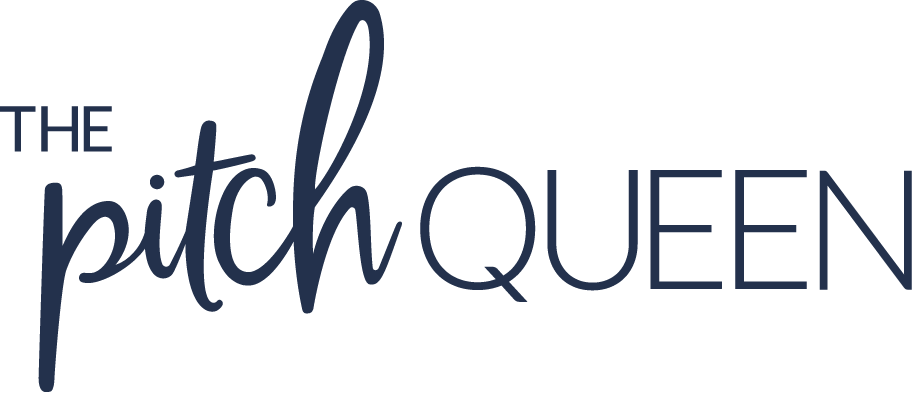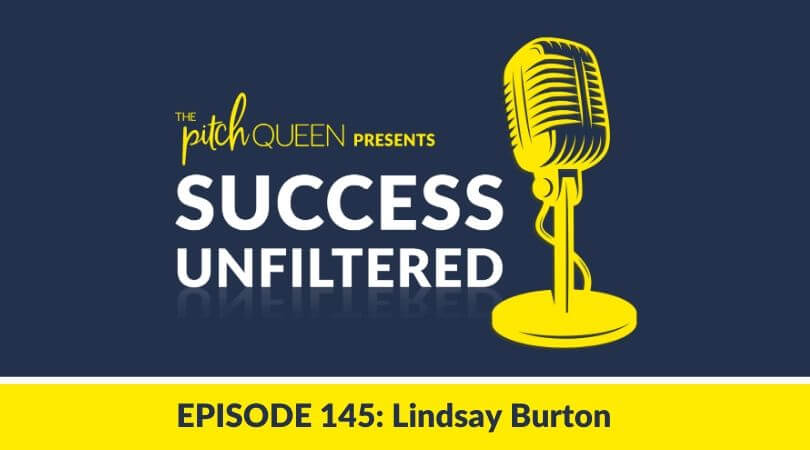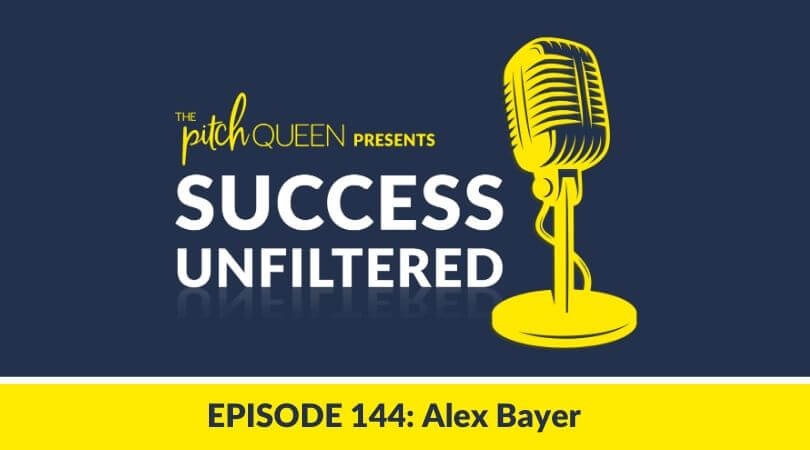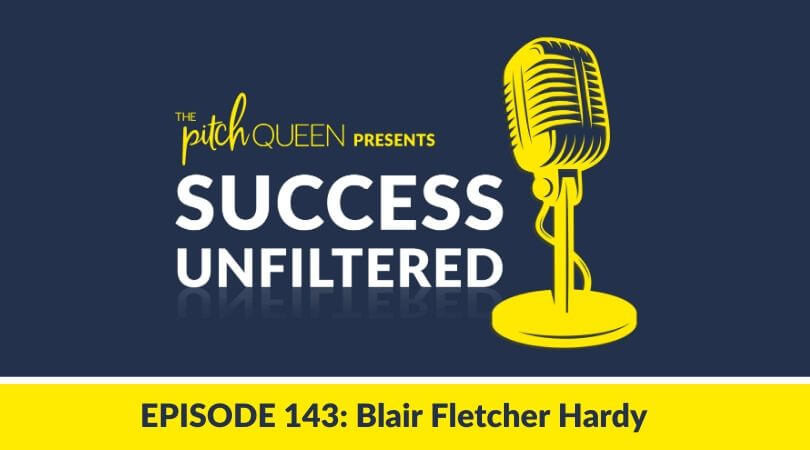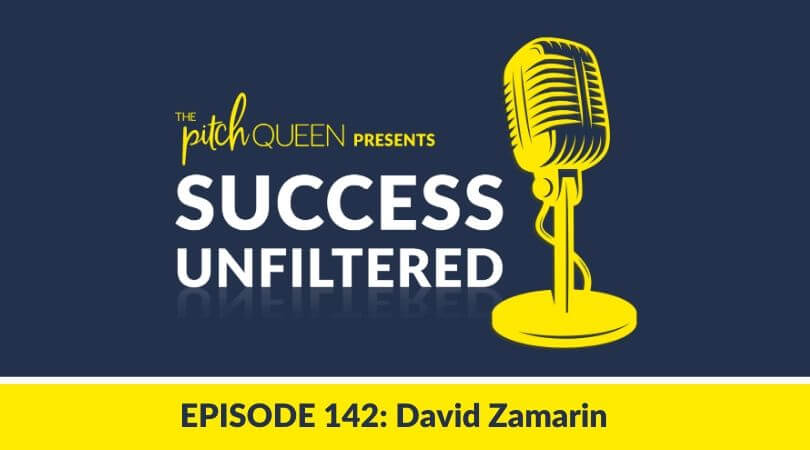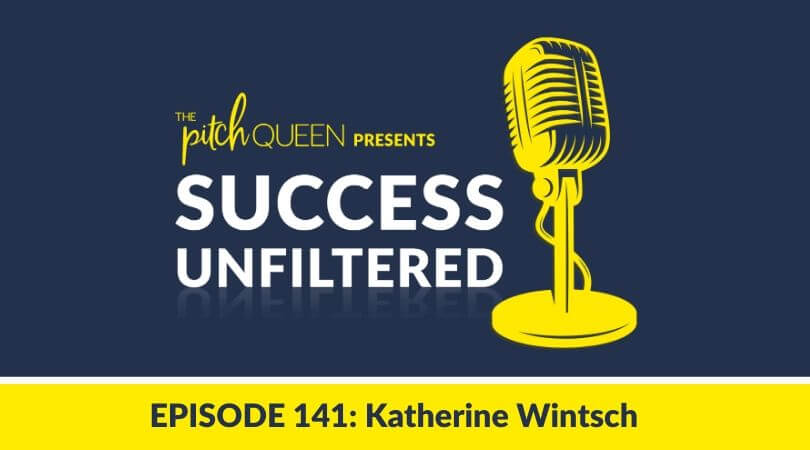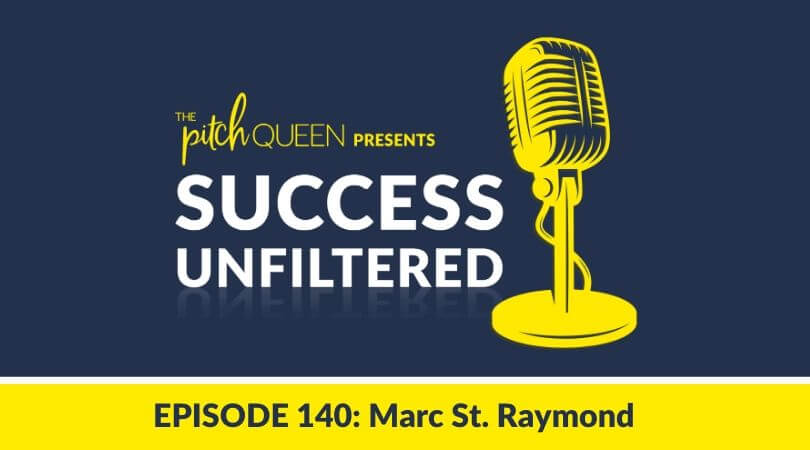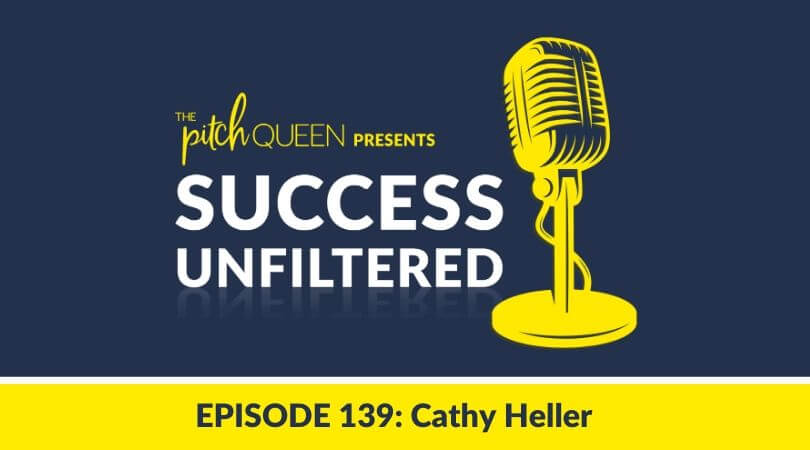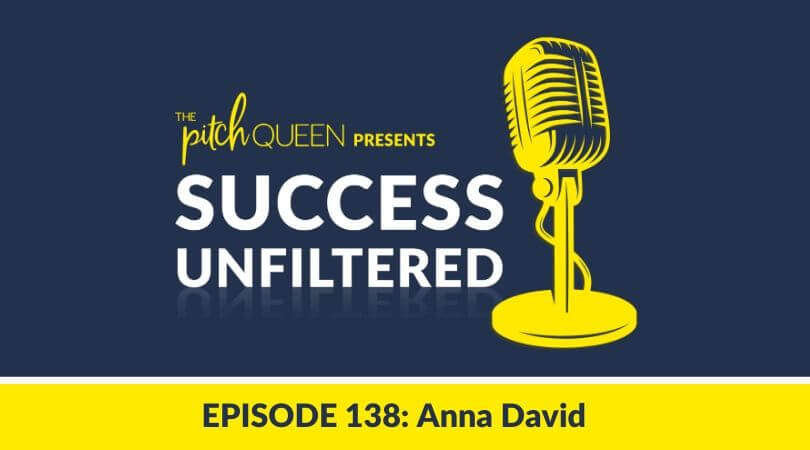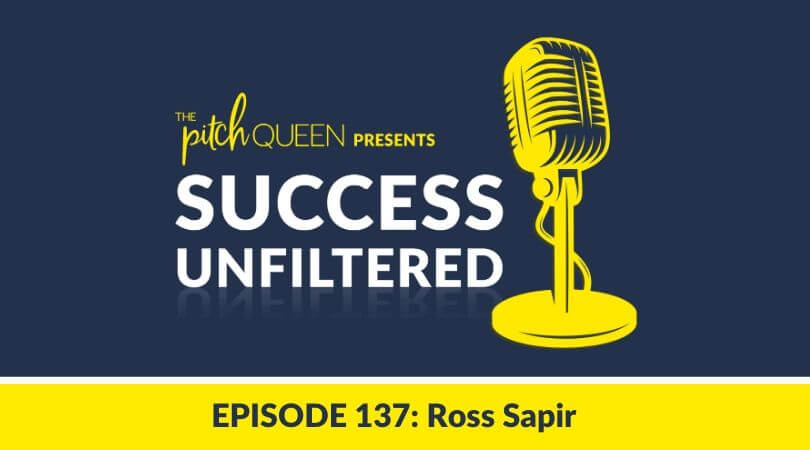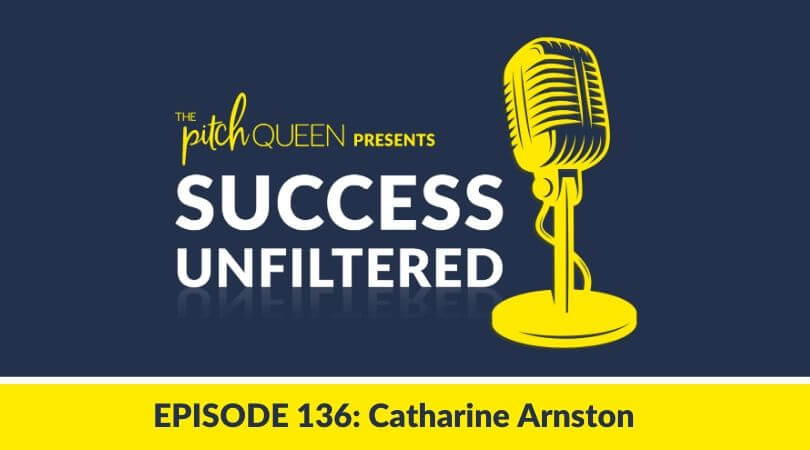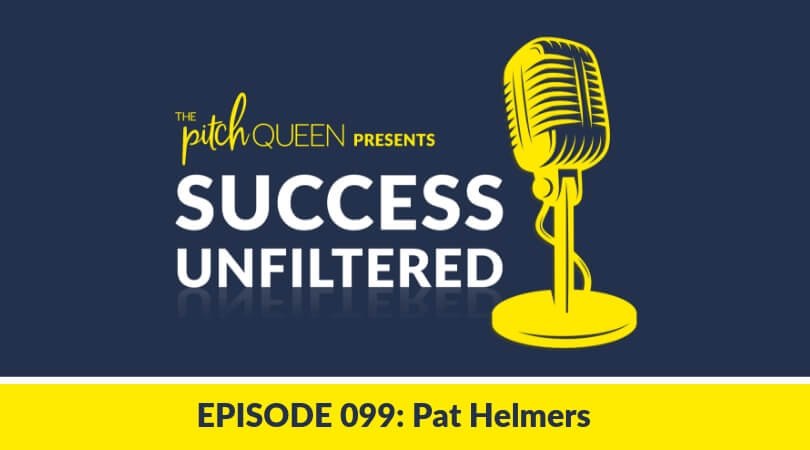
Do you know how your ideal client avatar increases revenue?
Before we even get to that, how well do even you know your ideal client?
I mean, you can probably tell me about them. You can tell me their age, their demographics, and how your product can make their life better.
But here’s the question: do you really know your ideal client?
When I worked with FITzee Foods, I thought I knew my ideal client.
I mean, I could tell you a lot about them. But I didn’t know them at their core.
To be effective in sales, you need to know your ideal client. Know their exact needs, and how you can solve them. Know their questions, even before they know to even ask. Anticipate their needs, and how you can potentially meet them, and even exceed their needs!
When I still had FITzee Foods, I thought I knew my ideal client. But, I was so busy wearing all the other “hats” that come with working a business, that I didn’t spend time making sure that I knew everything about my ideal client and how I could reach them better.
Side note: want to read about someone who had a business similar to FITzee Foods who did it right? You’ve got to listen to this episode of the podcast HERE! Pete, from Pete’s Paleo, KNEW his ideal client, and that led to his incredible success!
Once you take the time to get to really, really know your ideal client, you’ll know just what it’s going to take to hear a YES more often.
The best part is, they’ll tell you everything you need to know if you’re just quiet and listen.
A guest on the Success Unfiltered podcast, Patrick Helmers, started his sales career when he was laid off from his six-figure job. He decided to dive into the world of sales, and he is the happiest he’s ever been! Pat shares how knowing your ideal client can make or break your sales career.
What Are Your Leads (Not) Saying?
Pat finally had his first sales lead.
As a sales representative for a software startup, he was hungry for his first sale – and starting to get a little desperate for that first YES from a client.
He’d given a successful demo, and the woman he was presenting to had expressed interest in purchasing the software he had for sale. Pat was ready to close the deal. He’d do follow up calls frequently, asking if she had any questions for him. If there was anything else he could help with.
Finally, she called his supervisor and told him to stop calling her!
Pat was crushed – she’d said YES to hearing more and expressed an interest in the software. She had cracked that door open for him to be able to help her.
But here’s what he missed: Pat hadn’t taken the time to get to know her needs, and how she wouldn’t be purchasing.
This prospect worked in a school district., The school district that she worked with had a different sales cycle than he had anticipated. He was ready to sell now, and to make money now, vs considering when would school districts buy this type of software for a new school year.
His focus on himself blinded him to be able to see her needs and how he could serve her. She wouldn’t be ready to make the purchase until her budget money came through – but Pat didn’t know that!
Once Pat realized this, he was able to become far more effective in sales – just from asking questions. Learning about your ideal client isn’t just about asking questions; it’s about asking the right questions.
A question as simple as asking about when they would be able to make purchasing decisions could have completely changed this NO into a YES!
Asking The Right Questions
Questions matter, especially in sales. Learning about your clients, and how you can serve them – especially if they are your ideal client.
Every time a lead talks, they tell you if they are your ideal client, and if you will be able to serve them effectively.
For Pat, by closing his mouth, and simply listening, Pat was able to change how the sales cycle went.
When your product fixes a “problem,” it has to fix the problem of everyone who is involved.
For example, while in a large presentation, with a bigger group of decision makers, Pat was confident he’d clinched the sale. They’d given a brilliant presentation, answered all the questions, and everyone looked ready to commit.
Everyone, except for one lady.
An older woman stood up and said, “I don’t see why we have to change. We don’t need this.”
At that moment, the mood in the room shifted, and all slowly turned into an agreement with her. No one wanted to disagree with her, and they would continue limping along with their current solution.
Dejected, Pat knew that he had heard a resounding NO.
What Pat learned at that moment was about connecting with all the decision makers, and connecting with their felt needs.
If one person in the room doesn’t feel a need like all the others, then the answer will be a NO. They all have to feel the need equally.
Here’s another example: Ever had a woman say the dreaded “Let me ask my husband”?
My internal response is always, “Does he feel your problem the way that you do? Is he a decision maker for this process? That will impact your YES! If he feels the pain of your problem, then your YES will be unanimous.”
If all decision makers don’t feel the pain of the problem, then the answer will be a NO.
When you’re in sales, you need to know this information about your ideal client. This will help you be able to serve them even more effectively.
Learning to Listen
Pat went from being laid off to making six figures of income in a sales role. It took several years and some tight times through the process.
He hadn’t worked in sales before – his experience was in management.
“You learn the most from the NOs,” he says.
He’s right – you tend to learn the most important lessons from the rejections, and those moments when you have to pick yourself back up.
As he built his sales income and worked with others to improve their software offerings, he continued to apply the lessons that he learned, especially in knowing his ideal client.
“Your ideal client tells you everything you need to know,” Pat says. “You just have to stop talking and start listening.” Pat’s listening skills have helped sharpen his image of his ideal client so he can serve them better.
Listening can be hard – I know that! If you have to, mute your phone so you can’t talk over your client, even if you want to. Take the time to allow them to be heard, and they will value you all the more for it.
In the process, they’ll tell you about themselves, their needs, their goals, their work – they’ll tell you everything that you need to know in order to sell to them, and get that YES.
In Conclusion
If you don’t know your ideal client, you’re not going to be able to serve them to the best of your ability, no matter how amazing your products or services are.
Taking the time to know them; what makes them tick, and everything about them empowers you to be able to touch them in an almost magical way. There’s a synergy that comes from knowing their needs and meeting them before they are even expressed.
Once Pat took the time to really learn from all the NOs that he heard, he was able to move forward and find ways to turn scenarios just like that into a YES. He learned more about his ideal client and how he could serve them
How well do you know your ideal client? Do you know a little bit about them, or do you know them better than they know themselves? Tell me in the comments, and commit to listening to them!
